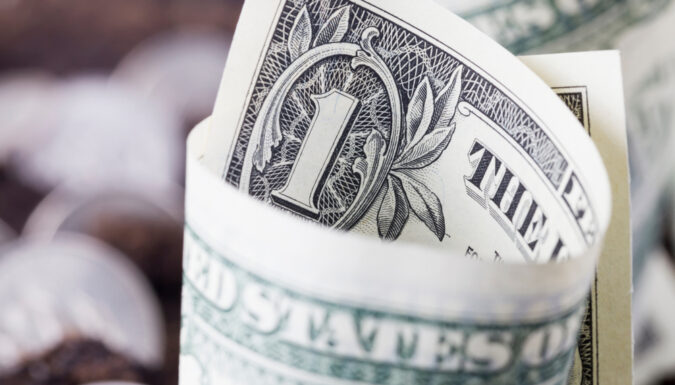
In early European trading on Friday, the US dollar remains steadier near its seven-week low. Traders pondered on the Federal Reserve’s future actions.
The reason investors have started to call to stop increasing interest rates is the current instability in the U.S. banking sector.
The Dollar Index, which measures the strength of the US dollar against a group of six other currencies, showed a slight increase in trading volume.
It was recorded at 102.243, this value is slightly above the seven-week low of 101.91 that it reached on Thursday.
Commenting on the current situation, Janet Yellen, the Treasury Secretary of the United States, reaffirmed her readiness to take additional measures.
The measures needed to be taken to guarantee that the reserves of American banks stay intact.
Amid these remarks, the U.S Central Banks has offered the sum of $110.2 billion to the U.S private banks at a discounted rate to bring stability.
The borrowing from the Federal Reserve’s recently introduced Bank Term Funding Program significantly increased to $53.7 billion.
Furthermore, the Federal bank’s loans to foreign central banks have risen dramatically to $60 billion.
All these indicators have made the market certain that the United States Federal Bank will stop increasing interest rates.
Moreover, the market did not believe that the Feds could tackle both the fears of inflation and the ongoing financial crisis separately.
Hence, soon the Fed’s stance will be changed on the interest rate hikes and they will be inclined towards bringing stability to the banking sector.
The Reason Behind the Current Banking Sector Crisis
Over the past 12 months, the Federal Reserve has kept increasing the interest rate.
To maintain sustainability the small banks have increased their policy rate on consumer products.
Such as car financing and other consumer products sale reached their lowest. Apart from that, consumers have withdrawn their investments from various banks.
This briskly sparked the crisis as 18 different banks in the U.S. ran out of cash to maintain their liquidity. Silicon Valley Bank suffered the most from this whole crisis.
Hence, this crisis sparked a countrywide financial crisis as the stock market plunged and the U.S. dollar once more reached the lowest of 2023.
How Other Currencies Are Performing Against the U.S.D?
The GBP/USD currency pair was trading at 1.2271, down by 0.1%, after reaching a seven-week high of 1.2344 on Thursday.
The recent gain in the price of GBP came after the Bank of England increased the policy rate up to 4.5% amid the country’s positive GDP numbers.
The county’s retail sales, however, have declined in a very unexpected manner.
This could also be because the Bank of England decided not to increase the interest rate any further throughout 2023, after pushing it to 4.5%.
Elsewhere, EURO/USD surged to 1.0833, this is the highest the Euro has risen for the past two months.
In the coming week, the President of the European Central Bank will address the heads of European countries.
The European Central Bank might increase the interest rates following the fear of inflation. It is expected that in the upcoming meeting, there will be no talks about moderate interest rates.
The European Central Bank will not bring any relaxation in monetary policy. Amid these new next level of resistance for EURO/USD is expected to be around 1:1.
As of now, the Euro is going in an upward direction because the European Central Bank’s hawkish policy has given Euro the much-needed momentum.
Moreover, AUD/USD is currently trading at 0.1%, at 0.6691. Moreover, USD/JPY has seen a rapid decline in its price by 0.4%.
Moreover, the Canadian saw a 0.4% increase against the USD. The U.S. dollar is currently standing near its 2-month low.
Its price might further decline once the Feds restructure their interest rate policy. So, right now investing in the U.S.D is not a wise option.









